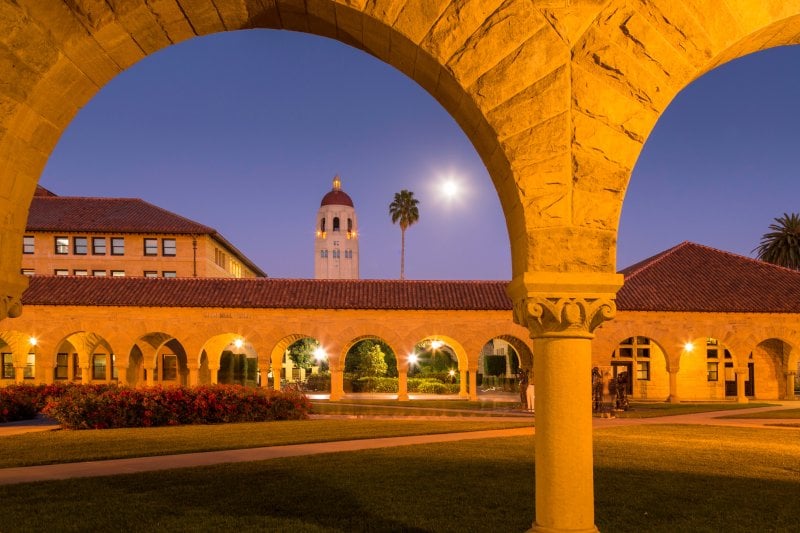When people think of research, they usually think of lab coats, number-crunching and computers. But what if research could be more than that?
The Humanities Research Intensive (HRI), a spring break research methods course first piloted five years ago, seeks to answer that question. Developed by Assistant Dean of Humanities and Social Sciences Jeffrey Schwegman and philosophy professor R. Lanier Anderson, the class provides early exposure to humanities research for frosh and sophomores, as well as a follow-up grant program intended to increase the accessibility and appeal of such research.
Humanities research has historically been less visible than its STEM counterparts across university campuses and, as a result, less engaged with. While Stanford students can participate in a variety of STEM research opportunities — from the paid computer science internship program CURIS to the bioengineering department’s Research Experiences for Undergraduates (REU) — students in the humanities face unique challenges. Schwegman said humanities faculty rarely need research assistants the same way that STEM departments do, as work is often completed independently with no built-in mentoring structure.
Elijah Negron ’25, who is pursuing a combined major in philosophy and religious studies with a minor in classical languages, said it “can be difficult to approach humanistic research” and that projects “can be hard to get off the ground.”
According to Schwegman, HRI is tailored toward students who are interested in the humanities but may not have had extensive previous research exposure. By providing opportunities for these students, faculty hope to open the doors for more underclassmen to get involved in humanities fields.
“We’re trying to tease out promise and potential, rather than prior achievements,” Schwegman said.
Hanson Hu ’27, a freshman interested in philosophy, said he was excited to attend HRI this spring break “to learn what philosophy research looked like,” specifically regarding what goes into a research paper.
The spring break program typically commences with a brief introductory session Sunday afternoon, followed by five full days of instruction, then concludes Saturday. According to Schwegman, days are split with lectures or discussions covering the research process in the morning, while afternoons are dedicated to hands-on projects within University collections.
This experience is supplemented with visits to other campus collections like the Cantor Arts Center, the Archive of Recorded Sound, Stanford University Archaeology Collections, the Hoover Library and Archives and Memorial Church. A full day is also dedicated to an off-campus field trip — in recent years, for example, students have gone to Jasper Ridge Biological Preserve to explore research methods and topics in archaeology and environmental history.
HRI students also undertake a small research project as a practical application for the research skills they learn through the program.
Negron, who participated in HRI as a sophomore in 2023, described the program as a “really unique opportunity.” During the program, he studied a map from the David Rumsey Map Center titled “The Bridge to Total Freedom,” which shows the spiritual progression of a Scientology follower.
“It showed me how, with a little elbow grease, you can pull an incredible amount of information out of a seemingly very straightforward item,” Negron said.
According to Negron, funding in the humanities is often hyper-competitive and limited, which can make it difficult for students to get started. A major reason he chose to participate in HRI was because of the “accessible funds” that helped alleviate the burden for more competitive grants, like the Chappell-Lougee Scholarship.
The summer after HRI, Negron obtained full-time funding to pursue a project that he believes will now be his senior thesis.
“Even if you’re someone who feels like you have a grasp on humanistic research methods, the access to grants solely available to HRI students are extremely valuable,” Negron said.
Following the program’s initial success, a program modeled on HRI was introduced as a Sophomore College (SoCo) course last year. Led by faculty members Elaine Treharne and Caroline Winterer, it will return this summer as HISTORY 30SC.
